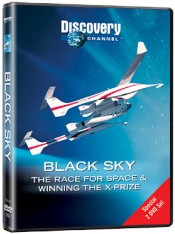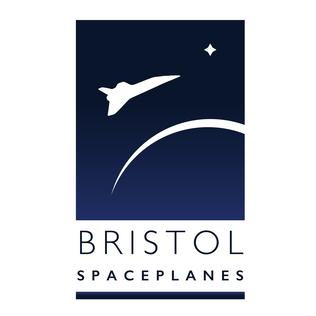 W
WThe Ansari X Prize was a space competition in which the X Prize Foundation offered a US$10,000,000 prize for the first non-government organization to launch a reusable crewed spacecraft into space twice within two weeks. It was modeled after early 20th-century aviation prizes, and aimed to spur development of low-cost spaceflight.
 W
WAnousheh Ansari is an Iranian American engineer and co-founder and chairwoman of Prodea Systems. Her previous business accomplishments include serving as co-founder and CEO of Telecom Technologies, Inc. (TTI). The Ansari family is also the title sponsor of the Ansari X Prize. On September 18, 2006, a few days after her 40th birthday, she became the first Iranian ever in space. Ansari was the fourth overall self-funded space tourist, and the first self-funded woman to fly to the International Space Station. Her memoir, My Dream of Stars, co-written with Homer Hickam, was published by Palgrave Macmillan in 2010. In her TEDxTehran talk, she defined the journey of her dreams coming true.
 W
WBlack Sky: The Race For Space is a 2004 Discovery Channel documentary about Space Ship One, and how a small team backed by Paul Allen achieved human suborbital spaceflight and won the Ansari X Prize. It contains insights about how the rocketplane was built, the challenges they faced when they flew it, the vision of Burt Rutan about the future of this technology, and his thoughts about NASA and government. It won a Peabody Award in 2004.
 W
WBristol Spaceplanes (BSP) is a British aerospace company based in Bristol, England, who has designed a number of spaceplanes with sub-orbital and orbital capabilities. The company's stated goal is "to realise low-cost access to space", primarily through reusable launch vehicles, claiming the cost of human space travel has the potential to be reduced by a factor of 1,000.
 W
WThe Canadian Arrow was a privately funded, early-2000s rocket and space tourism project concept founded by London, Ontario, Canada entrepreneurs Geoff Sheerin, Dan McKibbon and Chris Corke. The project's objective was to take the first civilians into space, on a vertical sub-orbital spaceflight reaching an altitude of 112 km.
 W
WHow to Make a Spaceship: A Band of Renegades, An Epic Race, And the Birth of Private Spaceflight (ISBN 978-1594206726) is a bestselling award-winning 2016 non-fiction book by journalist Julian Guthrie about the origins of the X Prize Foundation and Peter Diamandis, the first X Prize, the Ansari X Prize and Anousheh Ansari, the entrants into that suborbital spaceflight competition, and the winning team, Mojave Aerospace Ventures of Vulcan Inc., Paul G. Allen, Scaled Composites, Burt Rutan, and their platform of Tier One of SpaceShipOne and WhiteKnightOne.
 W
WTier One was a Scaled Composites' 1990s–2004 program of suborbital human spaceflight using the reusable spacecraft SpaceShipOne and its launcher White Knight. The craft was designed by Burt Rutan, and the project was funded 20 million US Dollars by Paul Allen. In 2004 it made the first privately funded human spaceflight and won the 10 million US Dollars Ansari X Prize for the first non-governmental reusable manned spacecraft.
 W
W W
W